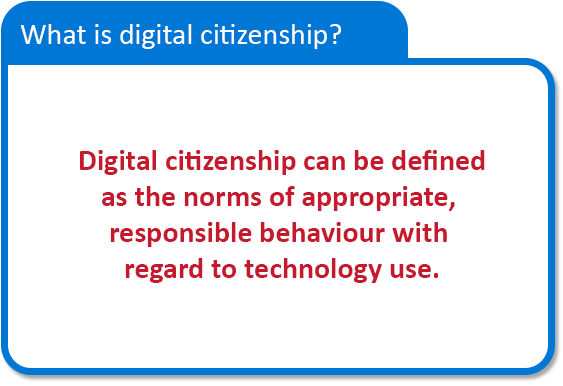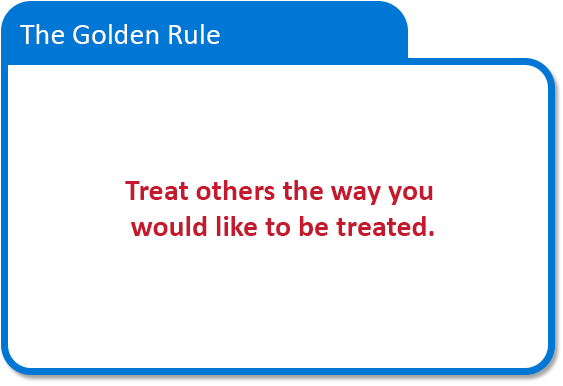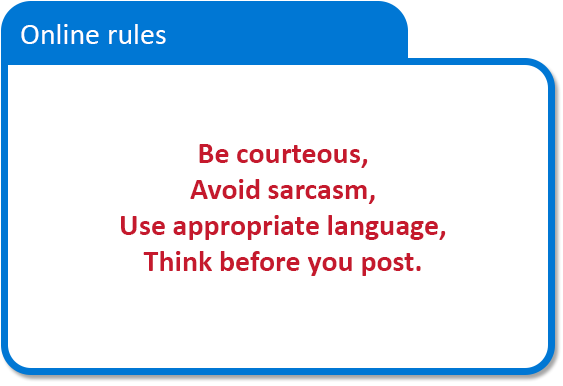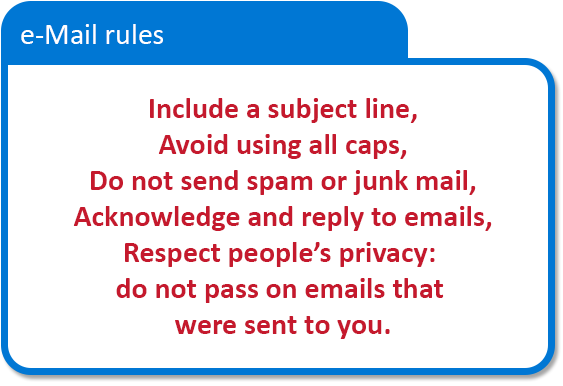Topic outline
- General
- Welcome & Introduction


The internet and internet-enabled technologies are continuing to develop at a very fast pace. This has many benefits, but it also changes the way in which students learn, communicate and interact. Learners are keen and avid users of the internet and mobile technologies. They are seen as ‘digital natives’, always surrounded by technologies. There are many social, educational and economic benefits for learners in using ICTs but learners do need to understand what is acceptable and appropriate behaviour in an online society.

On completion of this unit of study you will be able to:
- Model and instill in students appropriate behavior when communicating online, i.e. netiquette
- Identify digital citizenship knowledge, skills and values
- Design a lesson that incorporates digital citizenship competencies.

Understanding today's learners
Young learners are more connected than ever before. They have access to large amounts of information and are part of a global community who are able to study or communicate anywhere and anytime. As citizens of any community, we have certain roles and responsibilities. Your role as a teacher is to help your learners understand what is acceptable and appropriate behaviour in an online society. Here are two important terms you will need to keep in mind as you work through this lesson:


- Netiquette

What is netiquette?
Technology users often see netiquette as one of the most pressing problems when dealing with Digital Citizenship. So what exactly is 'netiquette'? Simply put, netiquette is internet etiquette. Investigate further by watching the videos below.
As you found out in the videos that you watched, netiquette means behaving appropriately online. In much the same way as our learners need to learn what is and isn't polite or acceptable behaviour in everyday life, as educators we also need to guide them on how to behave appropriately online. We need to teach them to become good digital citizens. Let's have a look at what it takes to be a good digital citizen.Basic netiquette
Here are some basic rules for being a good digital citizen:



Activity
Can you spot when netiquette has been ignored? Consider the example below:
- Digital Citizenship

A citizenTo be a citizen of a country brings certain rights and responsibilities. You have the right to vote, and the responsibility to pay taxes. You have the right to express your opinion, but you also have the responsibility to be respectful of the opinions of others. Digital citizenship has similar benefits and responsibilities. Consider the video below:
With daily digital interactions and a growing number of ways to communicate, the result of online decisions can have a huge and lasting impact. As teachers, it is important that we convey this impact to learners and consider all elements of digital citizenship when working with them in the digital world.Digital citizenship curriculum and competencies
What exactly should we cover when preparing digital citizenship lessons for our students. What skills should we impart to our students? It is important that we teach our learners about what it means to be a safe yet savvy digital citizen. Access the book below that will unpack exactly what we mean by the concept 'digital citizen'.
Lesson ideas
Those eight digital citizen competencies cover a lot of ground! How might you teach some of them to your students? Look at the lesson plans below. Could you implement any of them?
Discussion
If none of the above lesson plans work for you, how else might you teach digital citizenship? Use the forum discussion below to brainstorm some strategies with your peers. Post some ideas and be receptive to the ideas suggested by your colleagues. (Post once, reply at least twice).
Video
Watch this short, fun, dynamic yet informative video on digital citizenship.
- Additional Materials (GEC)

Global Education Coalition (GEC)
The following enrichment resources have been made available by GEC members:
UNESCO
The following resource has been made available from the UNESCO offices:
- Assignment

Assignment instructions
Imagine you are trying to coach your class to be good cyber citizens. Create a presentation, or a lesson plan, that you can use to teach them either about netiquette or one of the eight aspects of being a good digital citizen. Once you have created your presentation, or lesson plan, use the assignment submission tool below to upload your document for marking.

- Attribution and Licence


Besides developing good online manners, or netiquette, we hope you have also started think about the various components of becoming a digital citizen, specifically...
- Online identify
- Balanced use of technology
- Digital safety
- Digital security
- Digital empathy
- Digital communication
- Digital footprint management
- Media literacy
- Privacy management.
As each of the above components will require some thought and effort to effect over time, digital citizenship needs to be thought of as a journey, rather than something you can just turn-on. However, its a good idea to start that journey right now!
The following openly licensed resources were adapted to create this unit of study:

The following resources were consulted in the construction of this unit of study:


ICT Essentials for Teachers is licensed by UNESCO under a Creative Commons Attribution-ShareAlike 4.0 International License.
All content not licensed under a Creative Commons licence is all rights reserved, and you must request permission from the copyright owner to use this material.
1
2
3
4
5
6